Why do you need whey watering for cucumbers and how to do it?
There are quite a lot of preparations for feeding and treating cultivated plants on the shelves of specialized stores for gardeners and gardeners. But in an effort to avoid chemical fertilizers, summer residents are increasingly turning to home remedies. Whey is one of the available products used in the vegetable garden. Knowing how and when to water cucumbers with it, you can not only get an excellent harvest of strong clean fruits, but also save plants from diseases.
The value of whey
The resulting liquid from fermentation is milk whey. Consisting of 95% water, this residual product contains significant amounts of trace elements that plants need during the growing season. Calcium, potassium, phosphorus, magnesium, nitrogen, amino acids, vitamins in combination with lactic acid bacteria can work wonders on a cucumber garden when used correctly.
The microflora of the liquid also plays a significant role: lactic acid bacteria accelerate the process of decomposition of organic matter into simple components that plants can easily and quickly assimilate. Moreover, they suppress the vital activity of harmful microflora - causative agents of fungal diseases, especially powdery mildew.
It is not recommended to use pure serum for feeding and processing cucumbers: an acidic environment will change the pH of the soil not for the better, which will negatively affect the development of the culture. In addition, undiluted, it can cause chemical burns on delicate leaves.
How to prepare the solution?
To obtain a nutrient solution, use a product purchased in a store or obtained at home by fermenting milk. A basic solution for root irrigation is prepared from 1 liter of whey and 10 liters of water heated to 23-25 ° C. For foliar processing, dilute with water 1: 3.
To enhance the effect of whey feeding, a small amount of iodine or wood ash is often added to the stock solution.
Domestic breeders have developed a special solution that contributes to the rapid saturation of the soil with useful substances, improving the structure. For a 200-liter barrel you will need:
- fermented sugar and yeast - 3 liters (prepared from 100 g of sugar and a small piece of live yeast for 3 days);
- bird droppings - 1/2 bucket;
- compost - 1 bucket;
- sand - 2.5-3 kg;
- ash - 1-1.5 kg;
- sod land - 3-4 kg;
- serum - 1 l.
The components are placed in a barrel, mixed, topped up with water, preferably rain or lake water, to the brim and kept in the shade for a week. They are introduced into the ground, after diluting with an equal amount of water.
Experienced summer residents recommend a different recipe. Prepare the nutrient mixture in a non-metallic barrel. For 200 liters take:
- yeast bread crumb - 400-500 g;
- jam (any, can be candied or fermented) - 3 l;
- cow or horse manure, or bird droppings - half a bucket;
- garden land - half a bucket;
- chopped grass, straw or leaves - 1 bucket;
- serum - 1 l.
The mixture is put into a barrel, water is added, mixed, left for a week and a half to ferment under a canopy. The solution is used for root and foliar feeding, after diluting it with water in a ratio of 1: 4.
Recipe for the composition to stimulate the re-wave of flowering and setting cucumbers (per 10 liter bucket):
- serum - 2 l;
- sugar - 150 g
How to feed properly?
The first watering of cucumbers with serum is practiced from seedling age - at the stage of 2 or 3 true leaves.Thanks to this, the seedlings do not stretch, their susceptibility to diseases that affect after planting in the ground, at the flowering stage, is strengthened.
In open or protected ground, cucumbers begin to feed 10 days after planting seedlings in the beds. For each bush there is 1 liter of nutrient solution, which is poured at a distance from the base of the stem - about 50 cm. Top dressing is applied before watering, choosing the evening hours. Pour in, being careful not to get the solution on the leaves and stems to avoid chemical burns.
Top dressing in the ground is alternated with foliar. The composition is pre-filtered to free it from particles of cottage cheese and other constituents (when using complex compositions), then the lower parts of the cucumber leaves are sprayed using a fine sprayer.
Foliar dressing of cucumbers is useful on a cool, cloudy day, when the root system works sluggishly due to the low temperature. Previously, damaged, dried, yellowed leaves and shoots are removed from the plants, and sufficiently grown cucumbers are collected.
During flowering and fruit setting, a composition of the following components is used for feeding:
- basic serum solution - 2 l;
- ash - 1 tbsp.;
- honey - 5 tbsp. l .;
- iodine - 10 drops.
The mixture is infused for 2-3 days, after which it is brought under the root.
Serum can be fed to cucumbers throughout the growing season, since it does not contain aggressive chemical additives that accumulate in the fruits. The optimal frequency of feeding is every 10-12 days. If it rains right after spraying cucumbers or the next day, chances are high that it will wash off the formula before it has been absorbed. It is recommended to repeat spraying when dry weather returns.
Spraying cucumbers is undesirable during the flowering period: the liquid forms a thin film on the surfaces of the plant, which deforms the flowers, complicates their pollination.
Anti-fungal serum
If the summer is rainy, with frequent temperature changes or the schedule for watering cucumbers is disrupted, a gray-white bloom appears on the leaves - powdery mildew. Serum is great for treating illness without the use of toxic chemicals.
To treat cucumbers for powdery mildew, prepare a solution:
- serum - 2 l;
- fermented herbs - 2 liters;
- EM drug ("Baikal-1", "Shining") - 30 ml;
- sugar syrup (can be made from jam) - 50 ml;
- liquid soap - 30 ml (can be replaced with urea - 15 ml);
- water - 6 liters.
The ingredients are mixed, allowed to settle for half an hour, then the affected plants are sprayed with the composition.
Sometimes a different composition is used:
- serum - 3 l;
- sugar dissolved in hot water (200 g / 1 tbsp.);
- fermented herbs - 2 liters;
- EM drug - 30 ml;
- Ecoberin - 20 tablets;
- "Healthy Garden" - 20 tablets;
- liquid soap - 40 ml (or urea - 1 tbsp. l.);
- water - 10 liters.
The solution is sprayed over cucumber whips, preferably early in the morning, until the dew has dried.
For the prevention and treatment of powdery mildew, a basic solution for foliar feeding is used, to which 8-10 drops of usual pharmacy iodine... Treatment against fungal diseases begins in July.
Downy mildew is dealt with using a composition of three components:
- serum - 3 l;
- water - 7 l;
- copper sulfate - 10 g.
The composition also helps with other diseases, such as fusarium, viral mosaic, white and gray rot, black leg, anthracosis, late blight, scab, etc. Copper sulfate can be replaced with iodine or brilliant green. The agent is applied both on the leaves and under the root, while feeding the plants.
Any solution for watering or spraying cucumbers prepared with whey is advisable to use immediately.
Whey use in greenhouses
In the confined space of protected beds, the product is used for the same purposes as in the open field. The following recommendations are taken into account.
- The concentration of the solution should be 40-50% weaker than for open ground.
- Root feeding is carried out immediately after watering, using watering cans with long narrow noses so that the serum splashes do not fall on the whip.
- After processing cucumbers with whey solutions, greenhouses must be ventilated.
Advantages and disadvantages of the method
The main advantage of whey is its harmlessness. For watering and treating cucumbers, solutions based on it are also used during the fruiting period without fear of harming their own health. The very next day after spraying, you can pick cucumbers to the table.
When working with a residual dairy product, there is no need to use personal protective equipment, solutions are prepared quickly, no special containers are required.
The serum, rich in vitamins and trace elements, completely suitable for the growth and development of cucumbers, is completely self-sufficient: the addition of other substances is possible, but not necessary. The presence of acids in its composition creates conditions unfavorable for the development of pathogenic flora.
Treatment of cucumber lashes with serum repels a significant number of insect pests, primarily aphids.
The disadvantages include the following:
- a thin film formed on the lashes after processing does not last long, therefore, watering and spraying cucumbers is often carried out;
- serum acidifies the soil, therefore, additional deoxidizers are required. The addition of ash reduces the acidity of the solution.
A simple and relatively cheap residual dairy product (some farms sell whey for a symbolic price), if used correctly, gives an excellent effect - a good harvest of tasty cucumbers taken from healthy lashes. The method is especially appreciated by supporters of organic farming, since the use of whey for irrigation and spraying does not require the introduction of other - chemical - fertilizers.
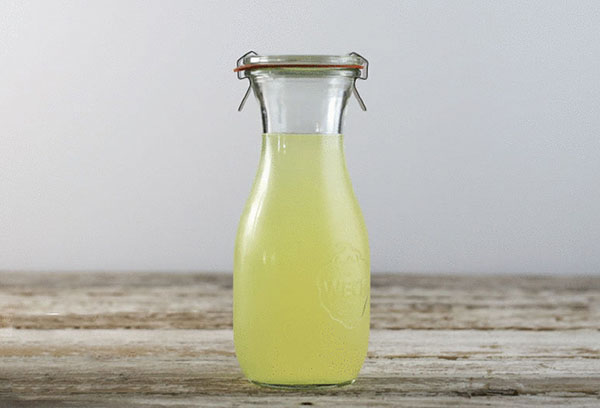
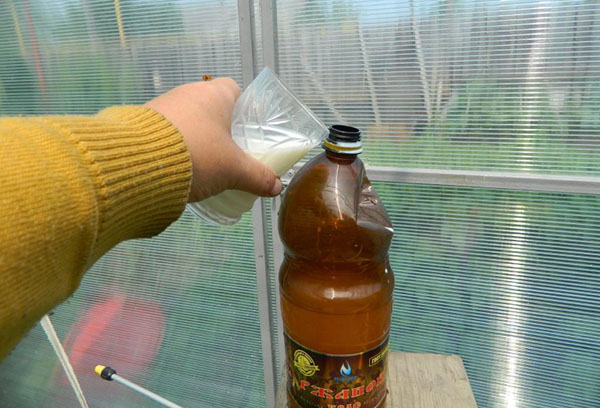
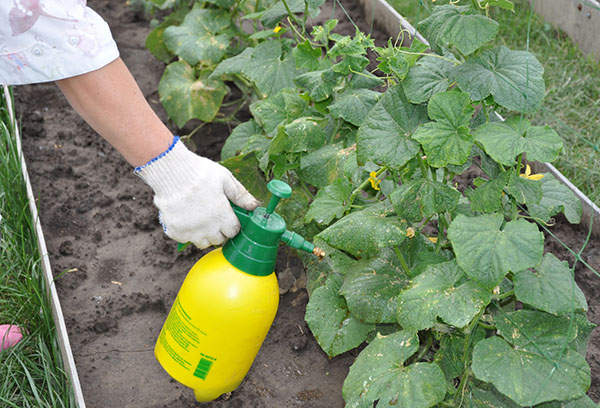
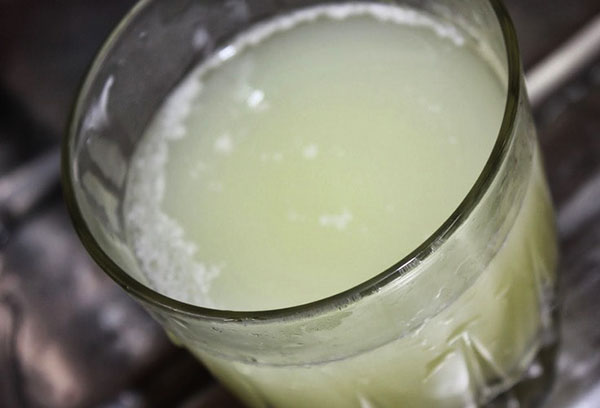
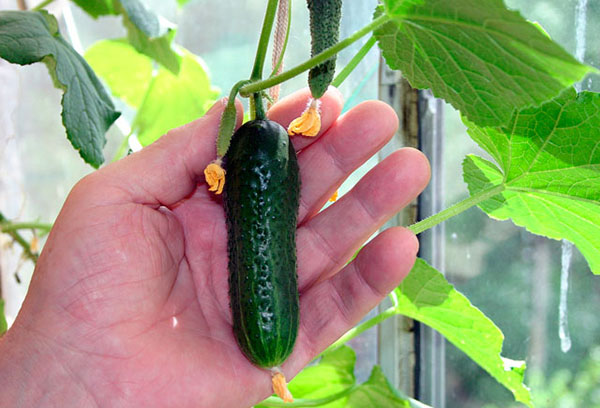
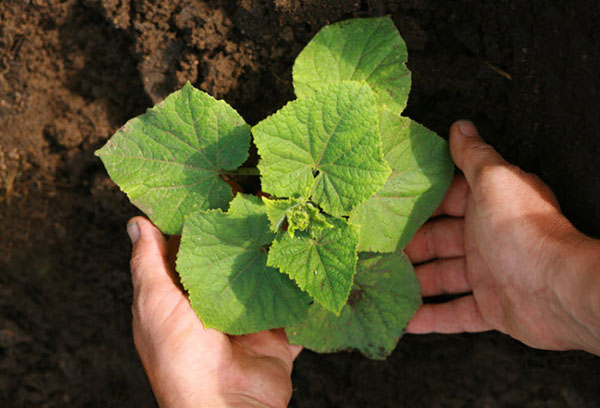
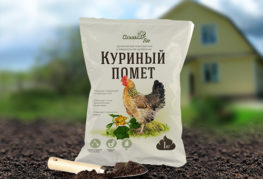
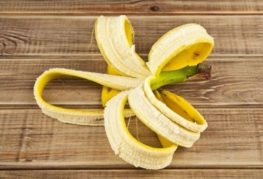

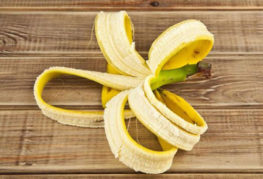
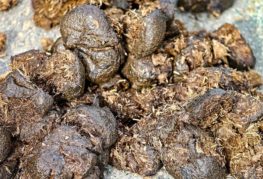
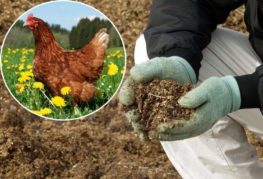
and will be published shortly.